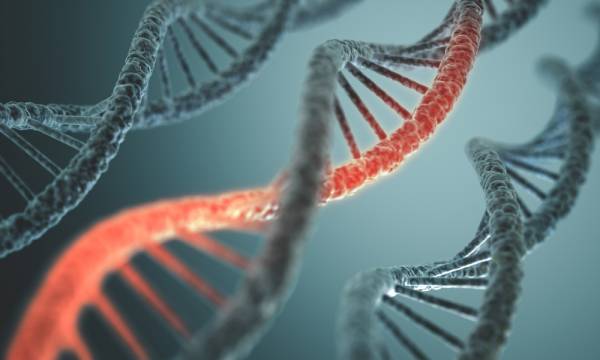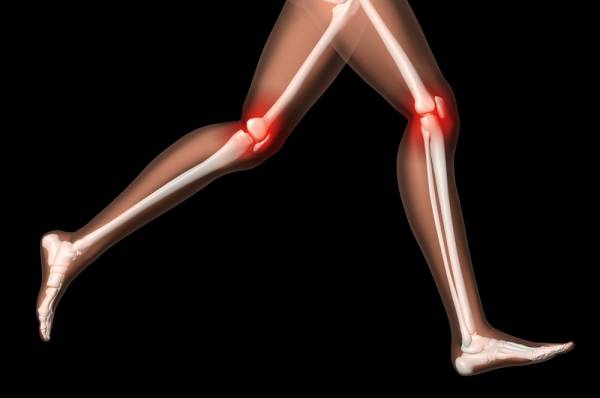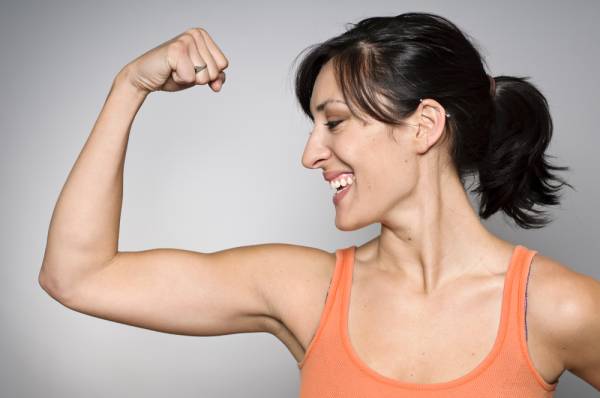Can you imagine a workout so perfectly designed for you that it promoted health in both your body and your internal organs? When I first started working with Alice as her exercise physiologist, she couldn’t even conceive of the idea.
The Story of Alice
Alice was 34 – a working mother to two – and although she was generally healthy, she was dissatisfied with her weight and muscle tone. And in the year before we began working together, she had started jogging in an effort to reach her fitness goals.
At our initial appointment, Alice told me that she started jogging because several of her friends had a routine that was easy for her to join. She liked the idea of being able to jog wherever she was, and quickly adopted the exercise into her schedule. Yet something was terribly wrong. Her knees were constantly swelling and in pain, to the point that she could barely walk.
Alice went on to describe another fitness goal of hers – to tone her gluteus muscles. She tackled this at the gym, performing multiple sets of weighted squats, with progressing load on her shoulders as her technique improved. Within just a few weeks of doing this, Alice injured her ankle.
At this juncture, she was both mentally and physically exhausted. And none of her considerable efforts were showing any sign of making a difference in her body. Over the course of months, Alice never lost weight or improved her muscle tone. As an exercise physiologist and physical therapist, I felt for her – nothing could be more depleting.
What Is Epigenetics?
My engagement with state, national, and international athletes for the past fifteen years has continually challenged me to create individualized fitness plans that are truly effective. So I made Alice a promise: that together we would create a fitness plan that worked. Using her specific epigenetic influences, we could leverage the natural strengths of her unique body profile.
I explained to Alice that epigenetics was a way to understand the effect of her lifestyle and environment on the way her genes were expressed in her body. The key would be to develop a personalized program and training regimen that took into account her body structure and epigenetic demands.
Some athletes are built for speed and agility, some for delicacy and flow, and some for power and brute force. Understanding these inherent qualities can help determine the best role on a team, position on the field, or natural skill set. On a personal level, this insight can provide critical information about the best days to train, and at what time, length, and intensity. It can also help you understand what exercises will be most effective, and how best to recover and heal your body.

The Role of Anthropometry
After my initial session with Alice, I recognized that she would suffer from any activity that put excessive strain on her joints. Her genetic makeup was such that her lower limb mechanics were not suited to either intense or repetitive loading. Alice’s daily jogs and weight-bearing squats were just about the worst activities she could be doing for her body profile. The strain on her joints caused immediate inflammation, leading to pain and instability. We needed a new path to help her stabilize, strengthen and shed the extra pounds.
This began with taking a comprehensive set of measurements on Alice’s body. Not just the typical waist, chest, and hips, but the circumference of her joints, the length of her bones, and many other calculations.
In my own path to wellness, I had discovered the wisdom of anthropometry, the study and scientific assessment of body measurements. Scientists have been measuring the body and studying different body types and sizes for thousands of years. In fact, hundreds of years ago anthropometry was used as the basis for medicine.
Today, anthropometry can help reveal the kinds of exercise and weight training that will be most effective for your body’s unique needs. It does this by correlating your measurements to physical and physiological predispositions that can affect your body’s function and performance, and even your state of mind and overall well-being.
Exercise and Hormones
Physical activity not only affects your muscles, tissues and skeletal system, but also your organ function, neurotransmitter activity, and hormonal responses. Your shape is a function of your hormones; if you change your hormonal levels, then the shape of your body may also change. Doing the right exercises for your body will activate a chain of reactions in the muscles and fascial tissue that can tone your muscles, stimulate your organs, and support hormonal balance. This, in turn, can strengthen your metabolic system and improve your performance.
Doing the wrong kinds of exercises for your body, however, can lead to the symptoms Alice was facing when she arrived in my office: inflammation, pain, injury, and mental and physical fatigue. And worst of all, she was nowhere near reaching her goals.

How I Helped Alice
After completing a personal health assessment with Alice and taking her measurements, I recognized that what Alice needed most was a type of exercise she had entirely neglected: simple upper-body arm exercises and abdominal work. Due to increased peripheral vascular resistance, upper-body exercises can increase cardiac output and help burn more calories faster for certain people. This, combined with core strengthening activity, can help mobilize the nerves, tissues, and joints of the upper body and trunk, and improve organ function and metabolism.
Doing light sets of higher repetition arm, shoulder, and trunk exercises helped Alice to mobilize these regions while increasing her heart rate and efficiency of her organs to process toxins and metabolites. In combination with easy-on-the-joints cardio using the elliptical machine, this new program helped Alice lose weight and create muscle definition within just two weeks.
As her body transformed, Alice grew increasingly eager for each workout session. Because something wonderful was happening in addition to the weight loss and muscle tone – challenging physical symptoms she had suffered from for years were disappearing. Alice also had long-standing difficulty with digestion, including numerous food allergies and trouble with psoriasis.
When she started doing regular core and abdominal work, her digestive organs were stimulated and her cleansing organs revitalized. This response soon addressed the challenges she had in those regions. I also suggested she add a dry sauna on alternate days into her routine, so that the sweating from exercise and the sauna could help cleanse her lymph system. Within six weeks, Alice’s psoriasis cleared. Her new fitness program, along with diet modifications, radically changed her health.

Help Your Clients Reach Their Goals
Working closely with Alice, I found new motivation to develop highly personalized workout routines that would not only strengthen my clients, but also heal and inspire them to new levels of health. For Alice, an individualized fitness plan based on gene expression and epigenetics made working out rewarding both internally and externally and revealed a path to optimal well-being.
For other coaches, I encourage you too to discover the power of these scientific insights to help your clients reach their goals. And for athletes, ask your coach about epigenetics or anthropometry or seek out a coach who specializes in this approach.
Photos courtesy of Shutterstock.






